In my last post I discussed how we have entered into a new age of comics, one which is defined by three increasing trends: increasing diversity, simplifying canon, and corporate synergy between print and film. None of these things in themselves are bad, it all depends on how they’re handled, but they are trends that seem to link back to the launch of DC’s New 52 and is continuing with Marvel’s launch of “All-New, All-Different Marvel.” In my last post, I discussed the increase of diversity in comics, now it’s time for the other two trends.
Simplifying canon (easing points of entry)
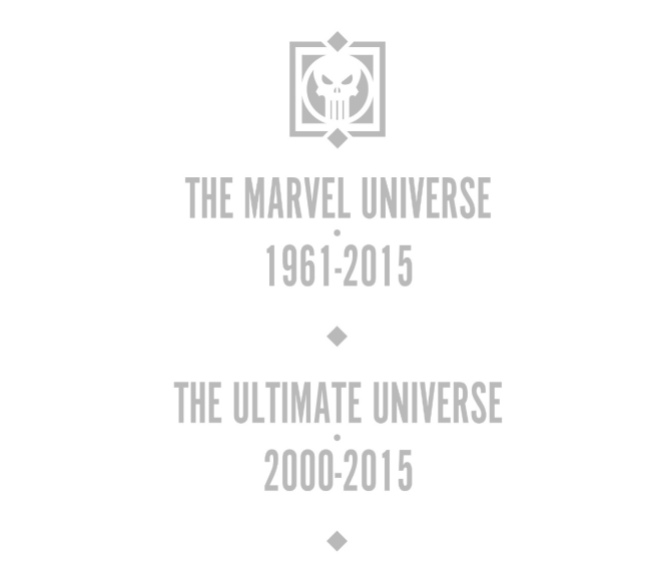
The current stable of comic books are the culmination of sixty plus years of storytelling (or at least thats what the people who run DC and Marvel want you to think). The prevailing sentiment among those who run these companies is that there is so much continuity at this point that it is very intimidating for a new reader to jump in. This can definitely be true when a new writer takes over a book and throws in a character or plot point from a storyline that is ten plus years old (I’m looking at you Clone Saga). So in order to lower the point of entry, where instead of reading over 700 issues of spiderman, you can now just read the last 17 to get the gist of what’s going on (And yes, I know that sounds silly to anyone who’s been following Spiderman since Brand New Day, but hey, talk to Marvel, their the ones who changed the numbering system).
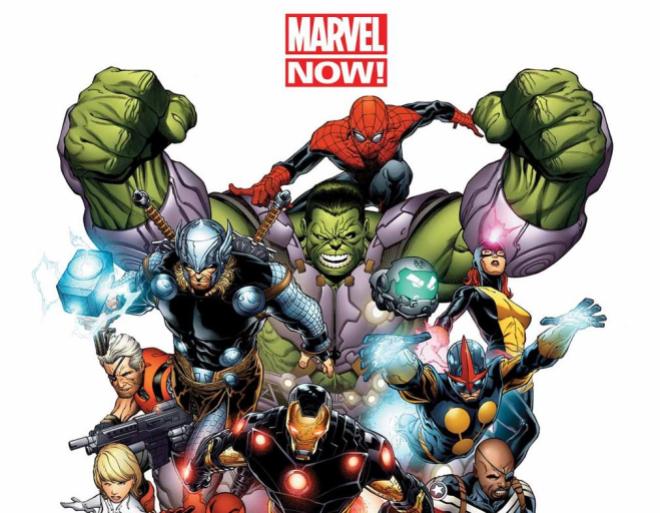
DC, as discussed above, have done this in New 52 by saying everyone has been active for the last five years, though some events have remained in continuity, the majority have either been altered or erased altogether. In truth, it has made books like Green Lantern and Superman easier to follow by telling writers “No, you can’t go back to that super obscure plot point from forty issues ago.” Even though Batman has remained unaffected by the changes (seeing as he has a bajillion robins at this point), it has really helped focus the book into telling new and great stories that don’t harken back to older ones (except Death of the Family).
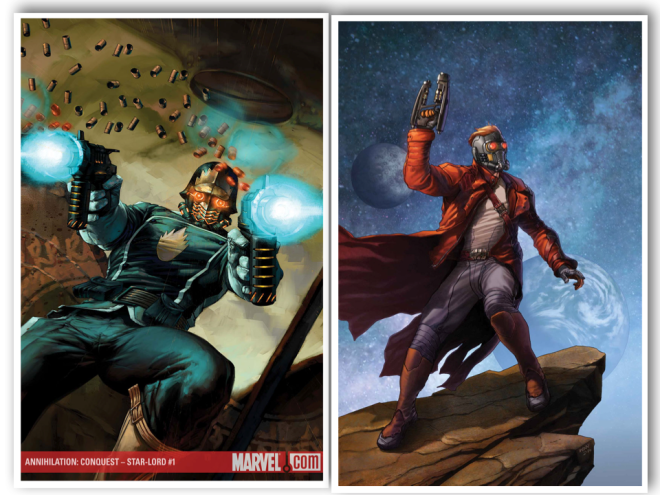
Marvel tried a half-hearted attempt at this with “Marvel NOW!” Though it did involve some retcons (Star Lord’s new origin), it was largely a change to the numbering system to make it look like they were starting new stories across the board, even though they were really just continuing where they left off. Guardians of the Galaxy was brought back from the dead after it had been canceled in 2010, and I mean the team was literally brought back from the dead (well, except you Richard Rider. RIP. #NovaForever). Even in the midst of this reboot, it really wasn’t. The stories that had existed previous to Marvel NOW! still persisted after. With the new Secret Wars, however, this may change.
For those of you who aren’t aware, in the first issue of Secret Wars we saw the primary Marvel universe (hereafter referred to a Earth-616) and the Ultimate Marvel universe (Earth-1016) collide and were destroyed. Dr. Doom them pulled together a new world out of the ashes of the dead worlds, creating the new Battleworld. This has served as a way to kill Earth-1016 and bring the great characters that have survived into the mainline universe (Miles Morales specifically). Until this event ends it’s hard to say how much of the original universe will survive, but it seems clear enough based on what has been announced that much of the old continuity is being wiped away or modified.
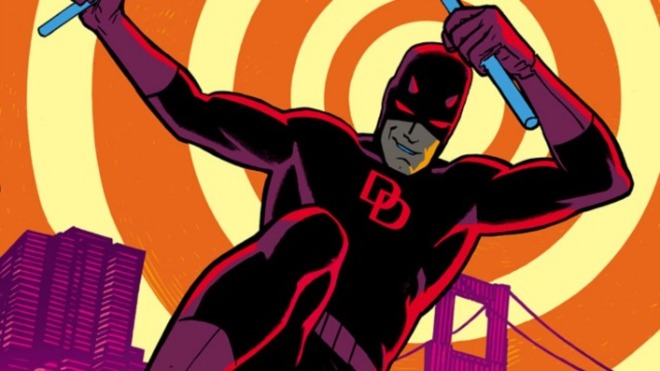
Take Daredevil. It’s been run by Mark Waid since 2011, and it’s involved a much brighter version of Daredevil than we’ve been used to who moved out to San Fransisco and later was disbarred and had his identity revealed. All that has now been changed, or possibly retconned entirely. Daredevil is being returned to New York with a sidekick in tow. All the new Marvel U books are going to be set eight months after the end of Secret Wars, and Axel Alonso may say it’s not a “hard reboot,” but it is still a reboot. This is going to be Marvel’s version of New 52. Their even writing a book called “Spidey” which retells Peter Parker’s origins in High School. All this though, is in line with creating more commercial appeal for comics, and All-New, All-Different Marvel proves another trend in this new age of comics
Corporate Synergy (all-new all-different Marvel and the MCU)
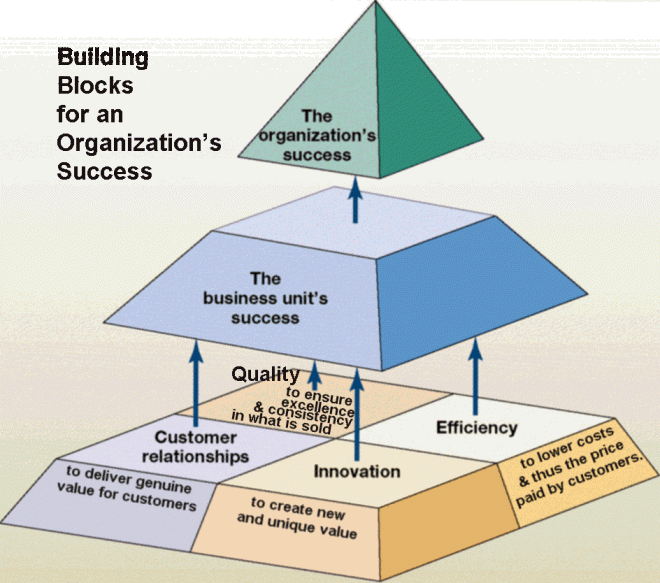
It would be unnecessary to point out the beaucoups of money being made by the various and ever continuing onslaught of comic book movies and TV shows being released every year. I myself have participated in this economy, and as a life long fan, enjoyed (almost) every minute of it. That being said, there was always an inevitable disconnect between the source material and the live-action incarnations, being due to technical impossibilities (Superman), casting choices (Spiderman/Iron Man), and directorial vision (Batman), whether for good or for ill. In addition, comics are an ever changing medium, and if you were to read Amazing Spiderman in the sixties and then pick up a book in the 90s you’d be reading an entirely different character (in more ways than one). Live-action adaptations inherently involve returning to the origin stories, or at least close to it, and by that very nature the character you see on screen is a different animal than whats on the page. The core or the story and character may be the same, but the Matt Murdock in the Daredevil series is very different from the Matt Murdock in Mark Waid’s current run. That is, until now.

With All-New, All-Different Marvel we are seeing changes across the board that are bringing the printed versions in line with their onscreen counterparts. We’ve always seen both print and screen inform future interpretations as each innovates and changes the character for future creators (see Batman’s armor and grappling gun, or the X-Men adaptation of leather, or Spiderman growing organic web-shooters), but that happens over time and is not by corporate writ, but based on what the current writer of the book likes or doesn’t like. With All-New, All-Different Marvel we are witnessing a widespread attempt to put their comics in line with the live action versions for the first time in history.
Star-Lord’s character, demeanor, and look were completely altered to fit the movie interpretation. Daredevil is returning to New York and wearing black. Vision is being brought back to the Avenger’s A-team. What’s more blatant is what is happened to Iron Man. Tony Stark has always been a ne’er-do-well, who’s had struggles with depression, alcoholism, womanizing, but he’s never been an enjoyable person. He even killed Avengers in the 90s before it was retconned that he was under the influence of Immortus. It was Robert Downey, Jr’s incredible performance and interpretation of him that made Iron Man popular for the first time I can remember. Iron Man was always dour before. He was never fun. Now, with the relaunch of Iron Man post Secret Wars, he will be.

Another aspect of this is that, unlike DC, Marvel does not have complete rights to all their characters. Due to their bankruptcy in the 90s, about half of their movie rights got sold off, and it was specifically to all their best characters. If making a movie about Ant-Man feels like scraping the bottom of the barrel, thats because it is. Fox has the rights to X-Men and Fantastic Four, and though I do not know if they own the merchandising rights to those characters, Marvel has been actively killing or editing merchandise involving X-Men or FF characters. The site iO9 has an excellent article showing where Marvel has made alterations to famous comic covers which have X-Men and FF characters. In addition, Marvel has been revoking licenses to make new X-Men sculptures without notice. They even went further to cancel the current FF comic and split those characters among other titles. Though they can’t afford to do the same to X-Men comics, they’ve been barred from creating new mutant characters. Spiderman, however, is exempt from all this, mainly because eliminating their most profitable character from merchandising would be really stupid, and now he’s in the MCU.
In the past any movie helped the comic and visa-versa, but in this new Commercial Age of Comics that’s a bad thing if you don’t own the character in the movie.
Next time I’ll discuss how this age is affecting indie comics.



